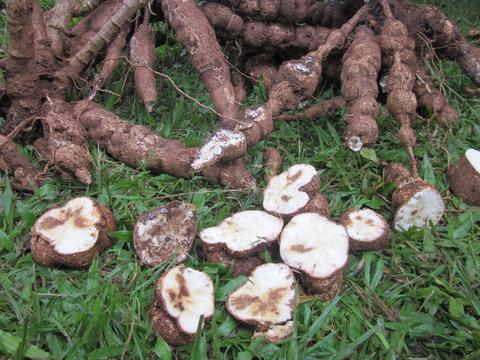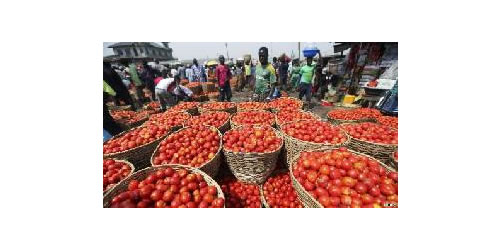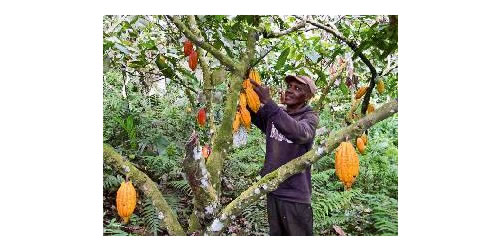Cassava brown streak disease, threat to food security

Dr. Alan Oppong, Research Scientist for Center for Scientific and Industrial Research at the Crop research institute Kumasi, has disclosed to Rite News that cassava brown streak disease (CBSD) is a virus disease of cassava plant which causes loss of cassava root, production and quality.
Symptoms of the CBSD can be observed on leaves, stem and cassava roots.
However, some cassava plants or varieties do not show symptoms on leaves and roots while others do show symptoms on leaves and roots.
The disease appears as patches of yellow spots mixed with normal green colour.
It also appears dark brown “streak” and “spots” on stems with dead spots on leaf scars. The disease can cause crack and discoloration in the storage roots causing the roots to start decaying.
The disease can spread through planting of stem cuttings from CBSD infected plants.
Interestingly, the incidence of CBSD is greatest in Uganda where there is resistance in Cassava Mosaic Virus and other locations in general.
According to Dr. Alan Oppong, recent survey indicated that the Ministry of Agriculture is doing all it could to prevent the disease from entering the West African country, Ghana.
Cassava brown streak disease affected the country Uganda for ten years which led to a hunger strike, hence creating the awareness for the farmers to be aware of a disease which affect cassava so that they can report to their extension officers to put some measures in place.
He encouraged the research institutions to research about new varieties of cassava. This he said would create awareness for the non- affected countries like Ghana, Congo and Nigeria.
In November 2004, chlorosis on mature cassava leaves, typical of cassava brown streak disease (CBSD), was observed at Mukono in Central Uganda.
Ugandan cassava brown streak disease (CBSD), is a disease of cassava that presents a significant threat to the food security of East and Central Africa.
The disease affects all part of cassava, but notably the storage roots, making them unsustainable for consumption. The disease causes loss in both quality and quantity of storage roots (tubers).
Source: Nana Ama Sarfo/ritefmonline.org





